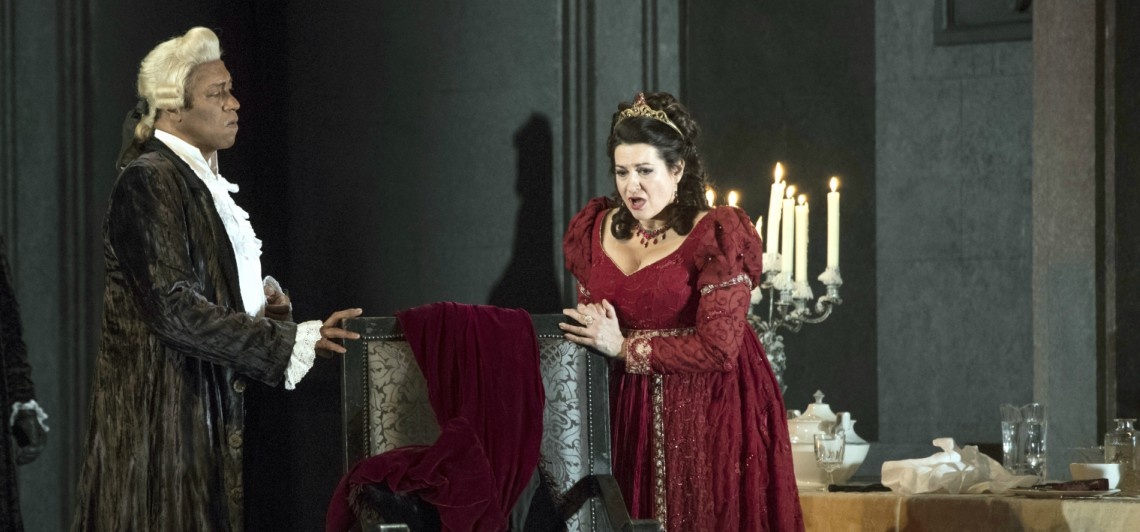



The second act, meanwhile, takes place in Scarpia’s bedroom, where he coldly forces Giselle Allen’s Tosca to watch Cavaradossi’s torture relayed by webcam to his laptop, before launching his assault on her. The Te Deum, at which Robert Hayward’s Scarpia receives a cardinal’s blessing, is as much a flag-waving political rally as a religious ceremony. Through Tosca - a symbol of lyric art in itself - Giacomo Puccini writes a score of exceptional theatrical and dramatic force, and offers the main protagonist a. Clerics and thugs scuttle about in the surrounding darkness, though the sudden glare of arc lights reminds us that this a world in which no one can keep anything hidden for long. Tom Scutt’s set is dominated by a vast gilded cupola, modelled on Rome’s Pantheon, for which Cavaradossi ( Rafael Rojas) has supplied a fresco of Mary Magdalene, who gazes heavenwards, her eyes turned away from the human mess beneath. The staging alludes, too, both to the emergence of the new far right and the abusive sexuality that has resulted in #MeToo. Dick is acutely aware that the opera maps on to the concerns of our own times – the printed programme contains photographs of a Five Star Movement rally in Rome and Donald Trump standing, head bowed, in front of a wooden cross. (Jennifer Rowley replaces Yoncheva in the first performance.E dward Dick’s provocative, if quirky new production of Tosca for Opera North relocates Puccini’s political thriller from Rome during the Napoleonic wars to an unnamed present-day country in which church and state collude as forces of reaction. Sonya Yoncheva (a womanly, richly sung Tosca) and Vittorio Grigolo (a romantic, impetuous Cavaradossi) make smashing role débuts, and Željko Lučić is a coolly calculating Scarpia Emmanuel Villaume takes care to color and shade the orchestral score, though he sacrifices some of its propulsive intensity in the process. Like Zeffirelli’s, it offers a sumptuous re-creation of the opera’s Roman settings (gorgeously lit by the designer David Finn), but the slanted stage skews the perspective, creating an effective backdrop for McVicar’s detailed telling of a story about sanctimony and sexual blackmail in a nineteenth-century papal state. David McVicar’s new staging of Puccini’s melodramatic thriller, unveiled on New Year’s Eve, feels like a course correction-one that is less risky and more successful. Peter Gelb’s bold plan to move the Met’s aesthetic in a more modern direction hit a snag in 2009, when he replaced Franco Zeffirelli’s beautiful yet dull staging of “Tosca” with Luc Bondy’s tawdry yet theatrical one.


 0 kommentar(er)
0 kommentar(er)
